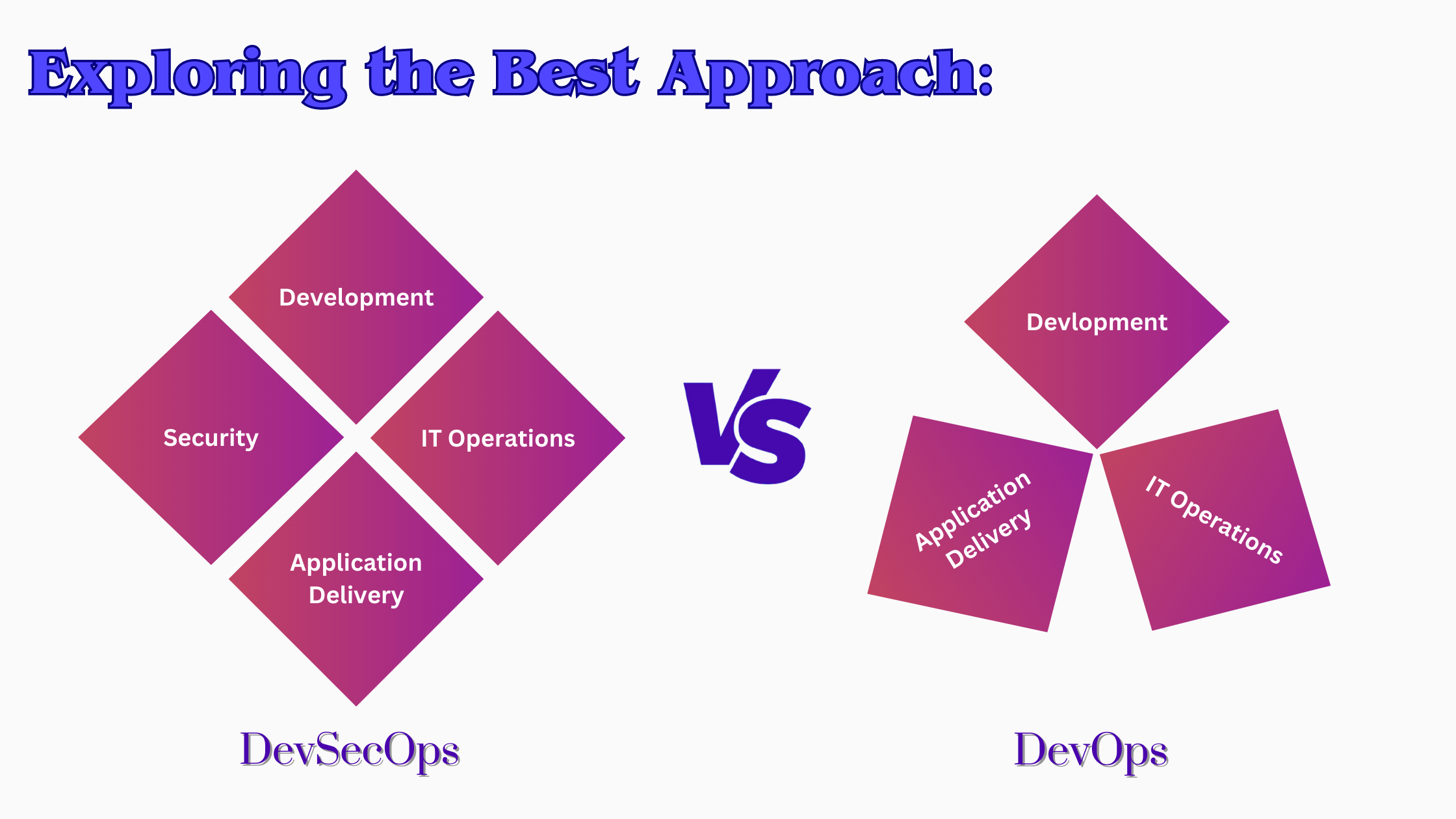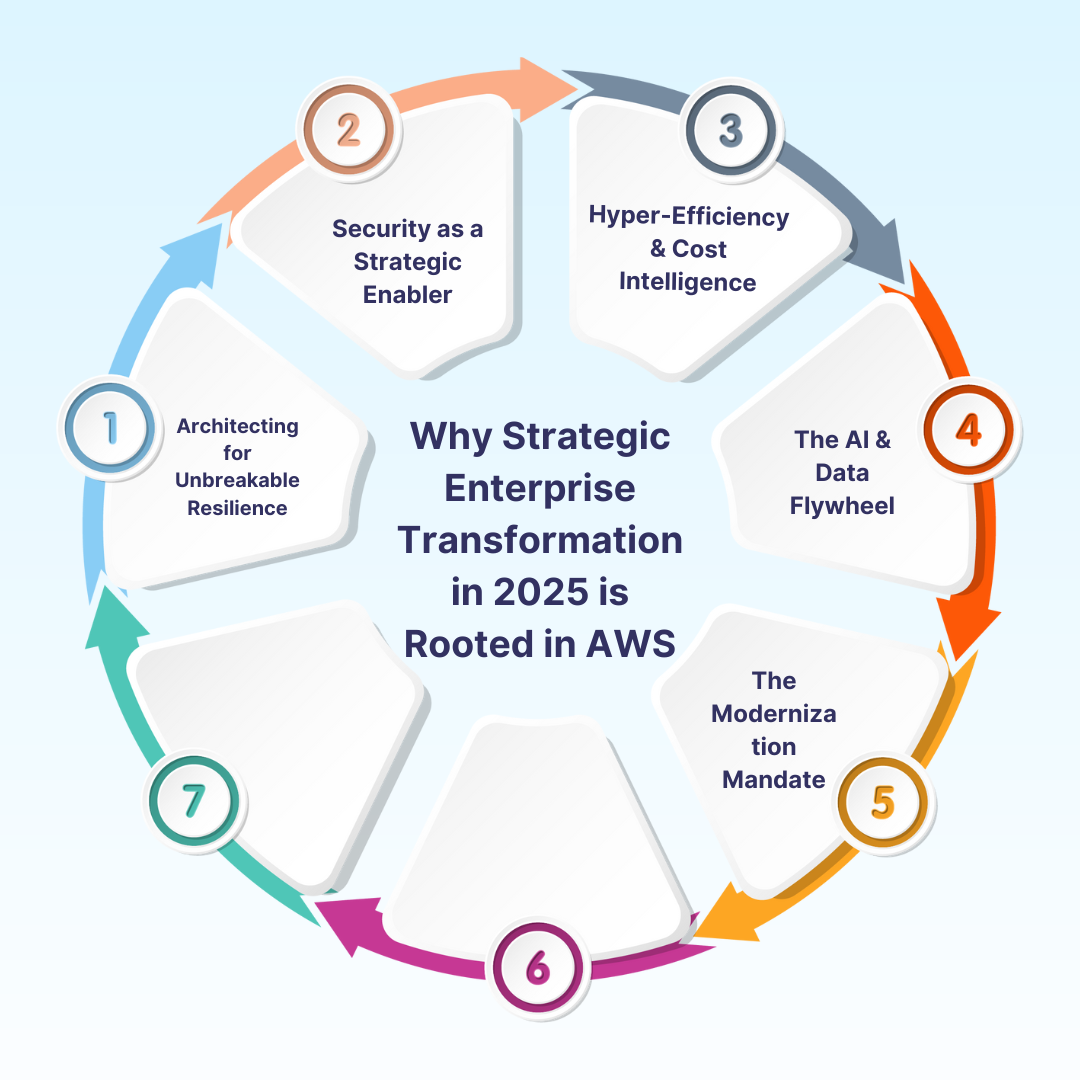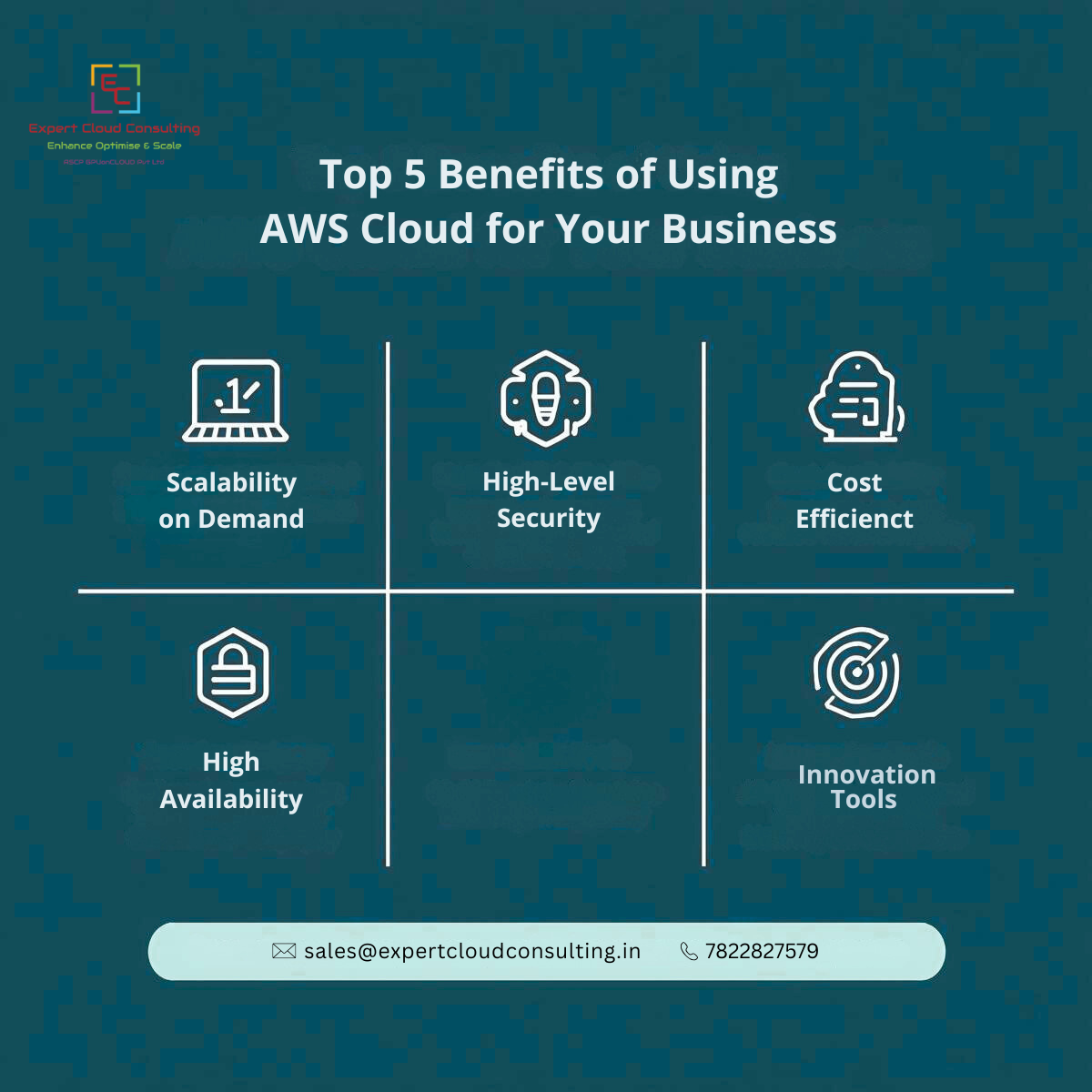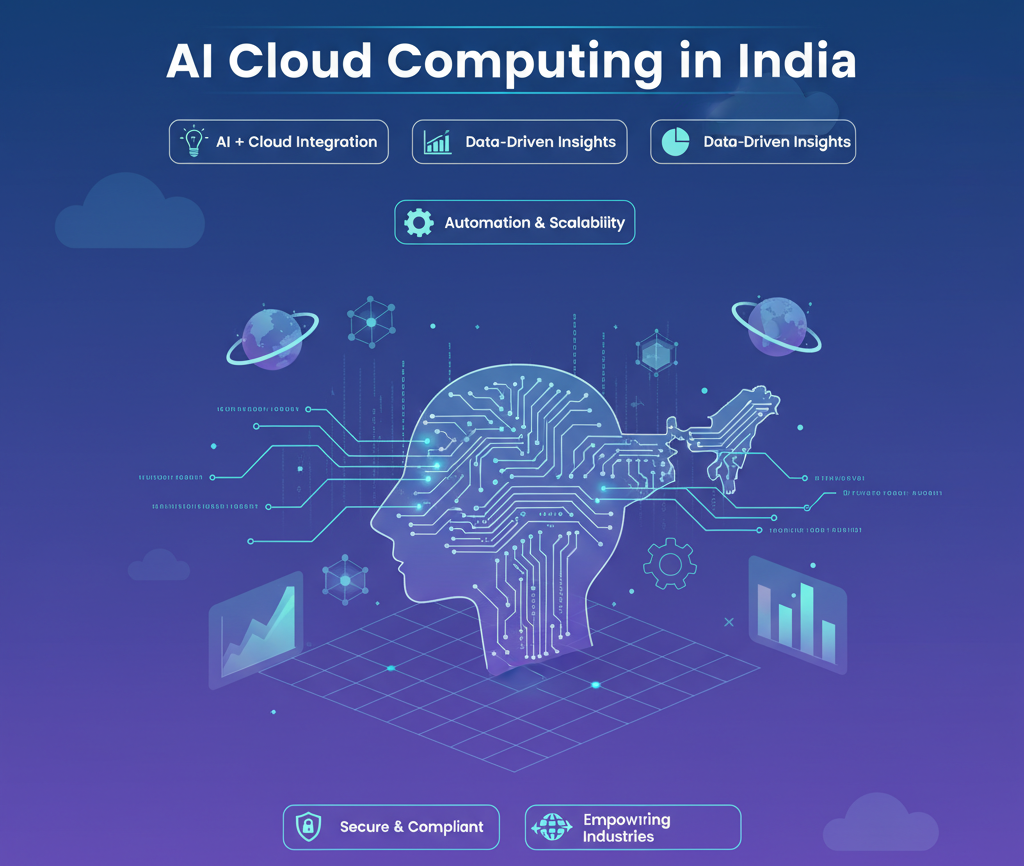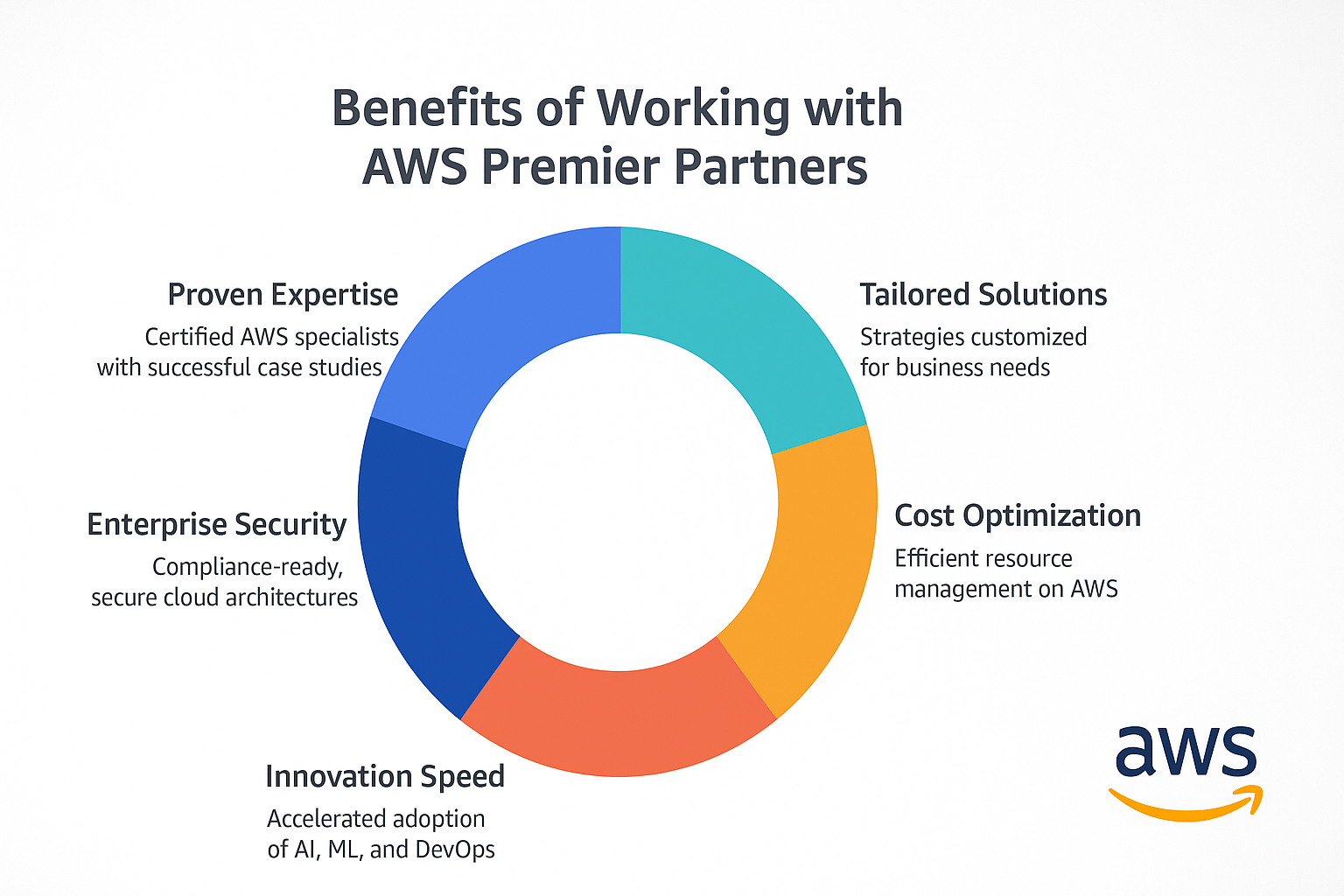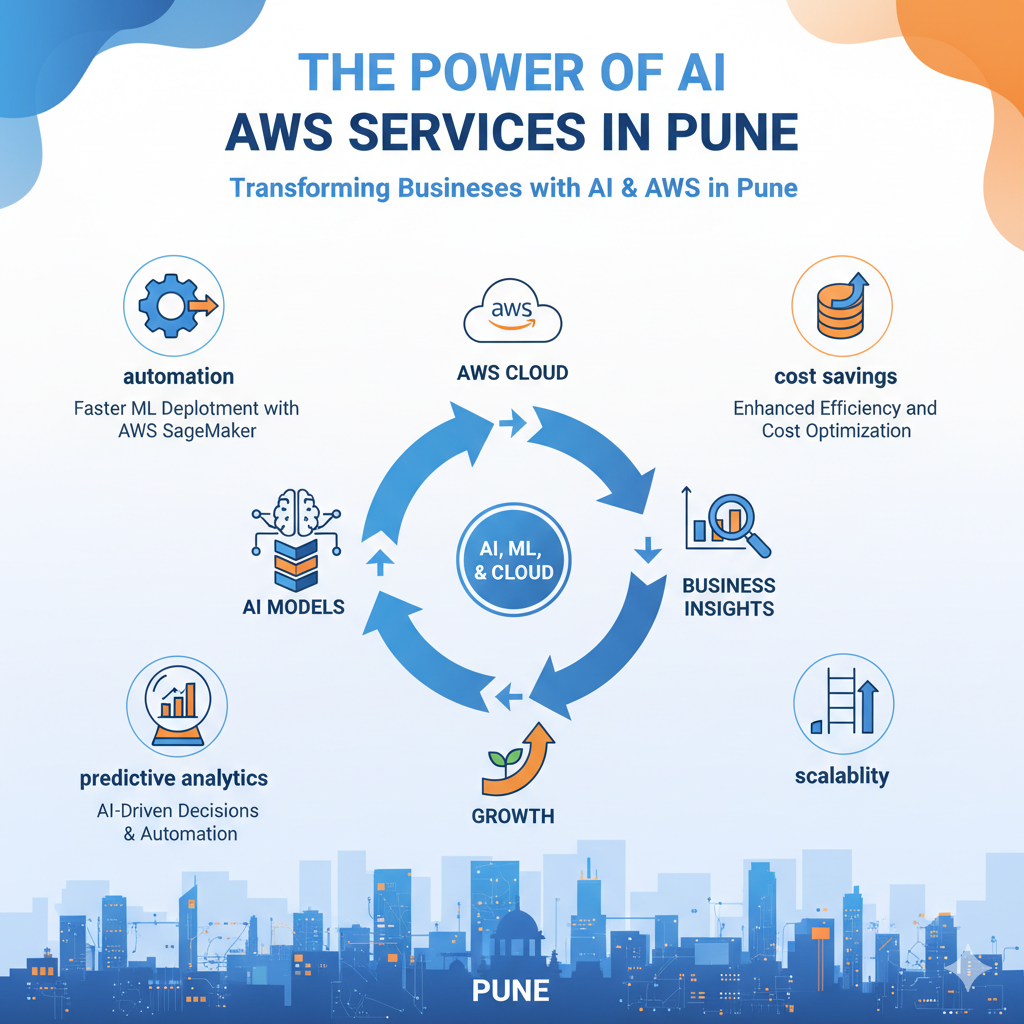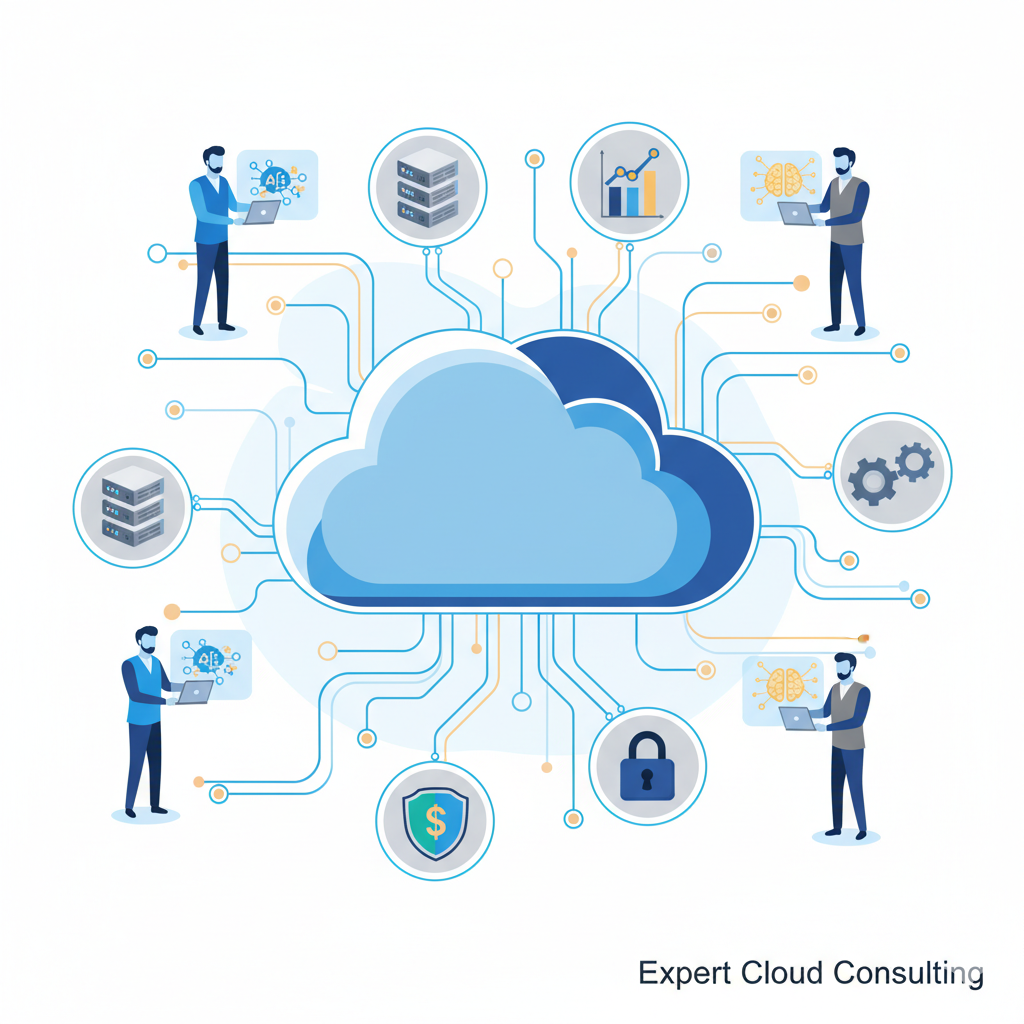Introduction
To remain competitive in the ever-changing field of software development, one must always be one step ahead of the curve. Traditional development techniques frequently resulted in delays, inefficiency, and security flaws. DevOps and DevSecOps, two innovative approaches, come into play in this situation. In order to assist you in making an informed choice for your software development initiatives, we go in-depth on these methodologies in this article.
The Evolution of Development Methodologies
Let's briefly review the development approaches' evolution before delving into DevOps and DevSecOps. Traditional methods, like the Waterfall method, were linear and sequential, which made it difficult to adapt to shifting requirements and lengthy development cycles.
DevOps: DevOps was created in reaction to the shortcomings of conventional techniques. In order to eliminate organizational silos, automate procedures, and achieve continuous integration and continuous delivery (CI/CD), it places a strong emphasis on communication between the development and operations teams. DevOps promotes collaboration and automates repetitive work, which speeds up development cycles, lowers mistake rates, and boosts overall effectiveness.
DevSecOps: DevSecOps developed from DevOps as worries about software security increased. It incorporates security principles into every stage of the development process, addressing vulnerabilities at an early stage, and making sure security is a priority. DevSecOps helps preserve compliance while minimizing risks by incorporating security into the CI/CD pipeline, which produces high-quality software.
Exploring DevOps
Collaboration is promoted by DevOps between the development, testing, and operations teams. Faster issue resolution, improved feedback loops, and ultimately higher software quality are all benefits of this collaboration.
Automation: The foundation of DevOps is automation. It eliminates the possibility of human error and enables regular, dependable releases by automating repetitive operations like testing, deployment, and provisioning.
Continuous Integration and Continuous Delivery (CI/CD): Pipelines let programmers build, test, and deploy new code automatically. This encourages regular releases, a quicker time to market, and greater agility in responding to consumer input.
Taking apart DevSecOps
Security as a Priority: DevSecOps places a high priority on security by integrating it into each stage of the development process. Early vulnerability detection and risk reduction help to ensure that security is not sacrificed for expediency.
Automated Security Testing: To scan code for vulnerabilities and lessen the possibility of security breaches, DevSecOps uses automated security testing technologies.
Auditing & Compliance: DevSecOps makes it easy to comply with industry rules. Automated audit trails and compliance checks support continued observance of security standards.
Making the Best Decision
The objectives, culture, and security requirements of your firm will determine whether DevOps, DevSecOps or a combination of the two should be implemented. While DevSecOps ensures security is an essential component of the development process, DevOps improves cooperation and expedites delivery.
Considerations:
Analyze the procedures and problems you currently have in your organization.
Decide which is more important: speed to market or security.
Analyze the resources and experience at your disposal for putting each strategy into practice.
Conclusion:
DevOps and DevSecOps are strategic techniques that can transform how you build and deploy software in the contemporary software development world. They are more than just trendy buzzwords. By making the proper decision, you can improve your software development process, produce high-quality apps, and maintain your competitiveness in a market that is continually changing, whether that means fostering collaboration with DevOps or integrating security with DevSecOps.
The decision should be made in accordance with the specific demands and objectives of your organization, not by favoring one over the other. Your path in software development awaits—welcome innovation, strengthen teamwork, and bolster security!


